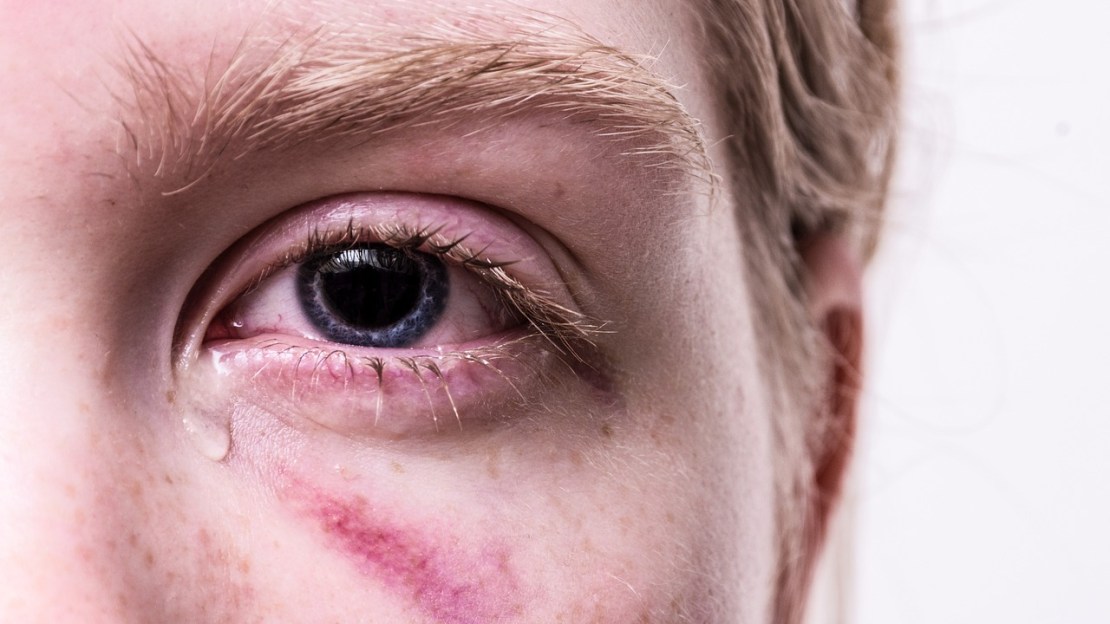John Tolley, March 12, 2019
When it comes to the health status of your eyes, University of Illinois researchers suggest you let your big, salty tears flow.
That?s because they?ve created an innovative new medical test that can detect a specific marker of eye trauma by analyzing the chemical content of tears. And, the test provides results in minutes rather than hours, a critical difference in providing needed care to the sensitive organ.
Impregnated with gold nanoparticles, the OjoGel test changes color in the presence of ascorbic acid, a vitamin found in large amounts in the aqueous humor inside of the eye. It is a noninvasive and efficient way to assess for wounds that might go unnoticed due to their size or location on the eye structure.
Speaking with the University of Illinois news service, OjoGel co-creator Dr. Leanne Labriola, an ophthalmologist at Urbana's Carle Foundation Hospital, explained that the breakthrough product has the potential to overhaul how rapid-response eyecare is handled in hospitals.
?OjoGel technology may allow for faster identification of serious eye injuries,? Labriola said. ?With a rapid point-of-care device such as this, anyone in an emergency department could perform a test and know within minutes if the patient needs urgent surgery to save their vision.?
Labriola worked with University of Illinois professor of bioengineering Dipanjan Pan and his research team to develop the product. In a study published in the journal Biosensors and Bioelectronics, the research group outlined the efficacy of OjoGel in tests performed with both artificial tears and in human trials.
Just a single tear is all that is needed for an injury scan, with the amount of ascorbic acid present in the tear fluid resulting in a change measurable on a color gradient scale with the mobile app Pixel Picker. Labriola, Pan and team hope to soon roll out an affordable device that utilizes OjoGel.
To find out more about OjoGel and the Carle Illinois College of Medicine, the world's first medical college focused on the intersection of engineering and medicine, check out the full Illinois article here.







